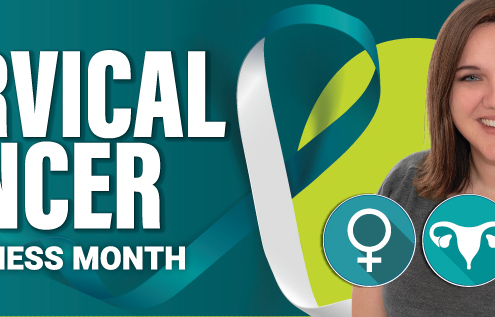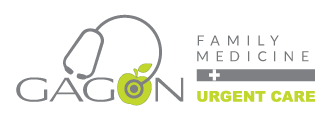
Understanding and Preventing Cervical Cancer
by Amanda Lively, FNP-C
January is National Cervical Cancer…

Diet Modifications to Help Control Blood Pressure
by Amanda Lively, FNP-C
How can I help control my blood…

High Blood Pressure: Are You at Risk?
by Amanda Lively, FNP-C
High blood pressure, known as…
